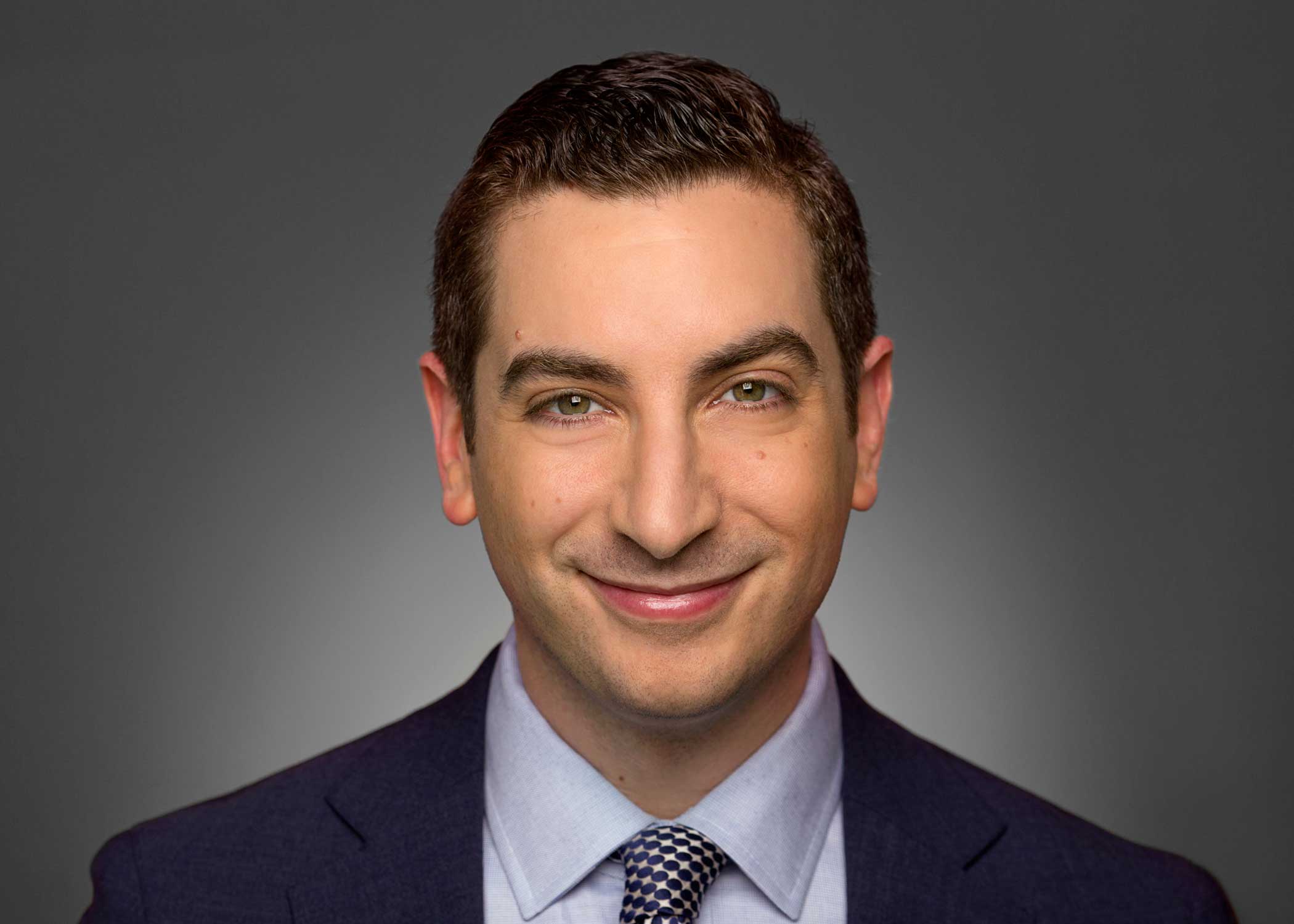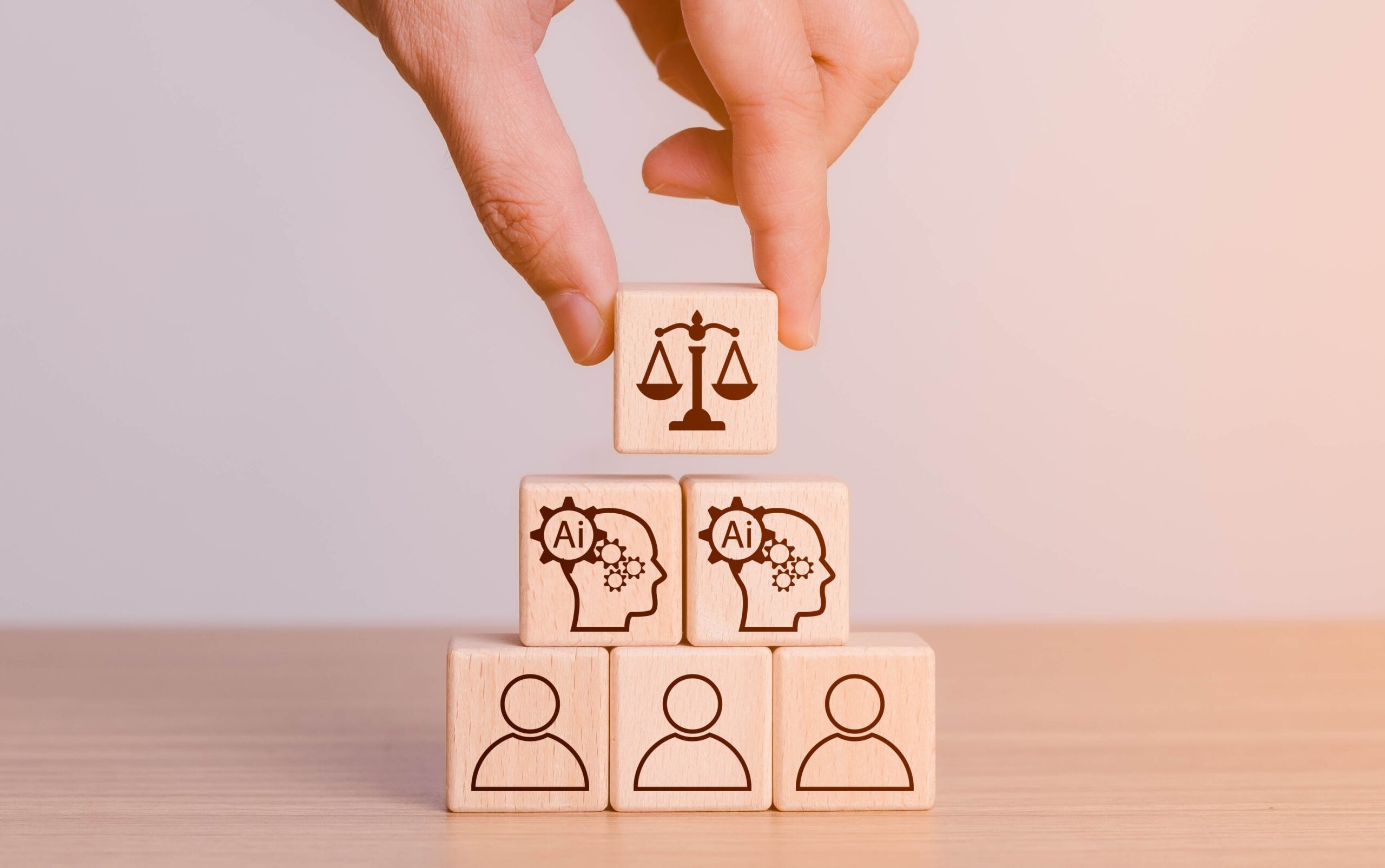Copyright Issues as they Pertain to AI and the Visual Arts: Let Us Paint You a Picture
By: Ethan Krasnoo and Anna Beckelman
As artificial intelligence (“AI”) becomes more and more prevalent in our everyday use of technology, legal questions are being raised about how AI products are “trained” and how such training may encroach on “human generated” intellectual property. Earlier this year, our Reavis Page Jump colleague, Daniel Ain, discussed Sarah Silverman and other writers’ copyright lawsuit against Meta for the use of thousands of copyrighted written materials in training its AI software, including Silverman’s book Bedwetter. Now, with the U.S. District Court for the Northern District of California’s recent ruling in Andersen v. Stability AI Ltd., it is clear that legal implications and related questions of AI training and copyright are extending to the visual arts as well.
The plaintiffs in Andersen are visual artists who brought claims against a number of entities for copyright infringement and violation of their right of publicity. They alleged that a product known as Stable Diffusion, created by Stability AI Ltd. and Stability AI Inc., was trained via billions of images that had been “scraped” from the Internet without proper licenses being obtained, and that those images included plaintiffs’ copyright-protected artworks. Stable Diffusion is a “software library” which provides “image-generating services” to other Stability AI products and to defendant Midjourney Inc. Consumers enter text prompts into such AI programs in order to create new images “in the style” of artists. Plaintiffs (the visual artists) alleged that these new images are being created “through a mathematical process” based upon the aforementioned training images and are “derivative” of those images, some of which the plaintiffs created. In addition to naming Stability and Midjourney as Defendants, plaintiffs also sued digital art website DeviantArt, alleging that much of the art scraped by Stability came from DeviantArt, and that by incorporating Stable Diffusion and related products into its site, DeviantArt was wrongfully using its own content for “commercial” purposes and without the consent of artists who created and owned the copyright in such works.
In Andersen, all defendants filed separate motions to dismiss. In response, in a profound ruling with potential significant implications for the AI invasion of images, the district court found that the plaintiffs had adequately alleged direct copyright infringement against the Stability defendants because of their acquisition of copyrighted images without permission, and the court allowed that issue to proceed to discovery, the next phase of the case. The court did not address at this stage whether Stability defendants maintained a defense of fair use to the claim of copyright infringement. Such analysis is expected to come out during a later stage of the case.
However, aside from the claims against the Stability defendants, the court dismissed the direct infringement claims against Midjourney and DeviantArt, which were based largely on those defendants’ use of Stable Diffusion. The court took issue with the facts alleged and how they could represent direct infringement of the copyrighted works. In part, the court deemed it unclear whether Stable Diffusion contained actual copies of the training images or algorithms that could reconstruct the images. Additionally, the court rejected plaintiffs’ assertion that any images created by an AI model based on the infringing images were themselves automatically infringing, noting the plaintiffs’ own admission that such output images were not likely to be “substantially similar” to the plaintiffs’ works, which is typically required for an infringement claim. The court also dismissed the plaintiffs’ vicarious infringement claims. However, plaintiffs were granted the opportunity to replead both the direct and vicarious impingement claims to provide more clarity as to their theory of how the AI software in question functioned, as well as details on what copyright information they believe defendants removed from their artwork.
Amongst other additional claims, plaintiffs also brought right of publicity claims against the defendants, alleging that defendants used their names in their AI programs by “allowing users to request art in the style of their names, thus violating their ‘artistic identities,’” and that defendants misused the plaintiff artists’ names for “commercial purposes.” However, plaintiffs did not allege that their specific names were utilized to sell or advertise defendants’ AI products, nor did they allege the use of their names in text prompts entered into the AI software (allowing users to request art in the style of the artist based on their names) would create images similar enough to their art that people familiar with their work would believe the artists themselves had created such images. Accordingly, the district court dismissed the right to publicity claim, once again allowing plaintiffs to replead the cause of action with more specificity. DeviantArt argued in its motion to dismiss a defense to plaintiffs’ right of publicity claim by claiming that publicity rights must be balanced with DeviantArt’s right of free expression by considering “transformative use” in AI software’s output. The court deferred on DeviantArt’s First Amendment defense until the plaintiffs submitted an amended complaint.
While Andersen leaves numerous questions to be decided, and there will possibly be further and more definitive rulings following an amended complaint, the case demonstrates that many of the questions which surround more “traditional” modes of creative expression also apply to AI-generated art. The court’s full opinion can be read here.
 This article is intended as a general discussion of these issues only and is not to be considered legal advice or relied upon. For more information, please contact RPJ Partner Ethan Krasnoo who counsels clients in areas of complex commercial litigation, arbitration, mediation and dispute resolution, and employment, intellectual property, and entertainment and media. Mr. Krasnoo is admitted to practice law in New York, the United States District Courts for the Southern and Eastern Districts of New York, the United States Court of Appeals for the Second Circuit and United States Tax Court.
This article is intended as a general discussion of these issues only and is not to be considered legal advice or relied upon. For more information, please contact RPJ Partner Ethan Krasnoo who counsels clients in areas of complex commercial litigation, arbitration, mediation and dispute resolution, and employment, intellectual property, and entertainment and media. Mr. Krasnoo is admitted to practice law in New York, the United States District Courts for the Southern and Eastern Districts of New York, the United States Court of Appeals for the Second Circuit and United States Tax Court.

